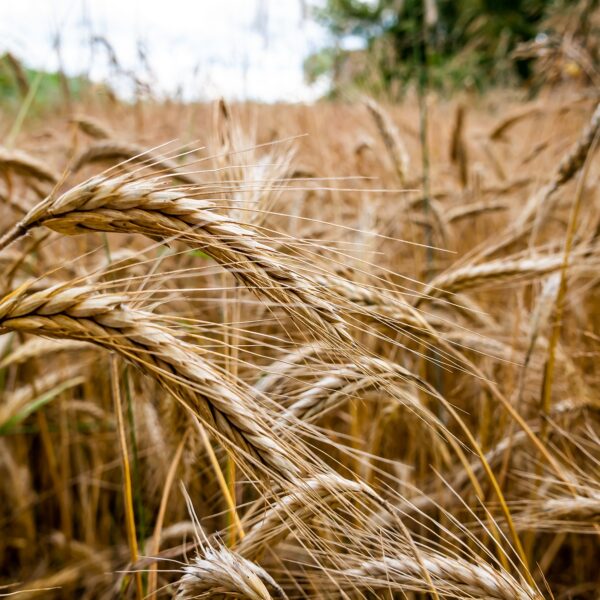Cover Crops
Cool season cover crops such as rye grain, oats and wheat prevent erosion, build soil fertility, and suppress agricultural weeds.
Soil Health
When planted in the fall, cover crops such as cereal rye (rye grain) can take up excess nitrogen and hold it up in the root zone for future crops. It also prevents soil erosion by dissipating rain drop soil dislocation and stabilizing soil during intense sheet flow rain events. Rye grain allows for improved water infiltration, adds organic matter in the soil growing zone, and will suppress weeds.
Benefits of Cover Crops for Wildlife Diversity
Cool season cover crops such as rye grain are inexpensive, easy to establish and will perform well on poor soil. Deer, turkey, and other wildlife browse winter rye grain fields and food plots. Winter rye food plots can be seeded in the spring with warm season cover crops such as sorghum, sunflower and millets to provide food, shelter and plant diversity. Pollinator species can be added such as helianthus, rudbeckias, and monarda to get significant diversity. Once established, pollinator areas can be overseeded with fall rye grain to provide winter cover.
Showing the single result

